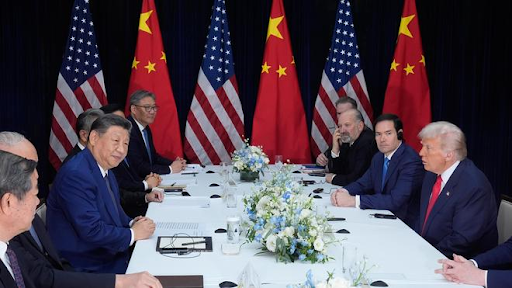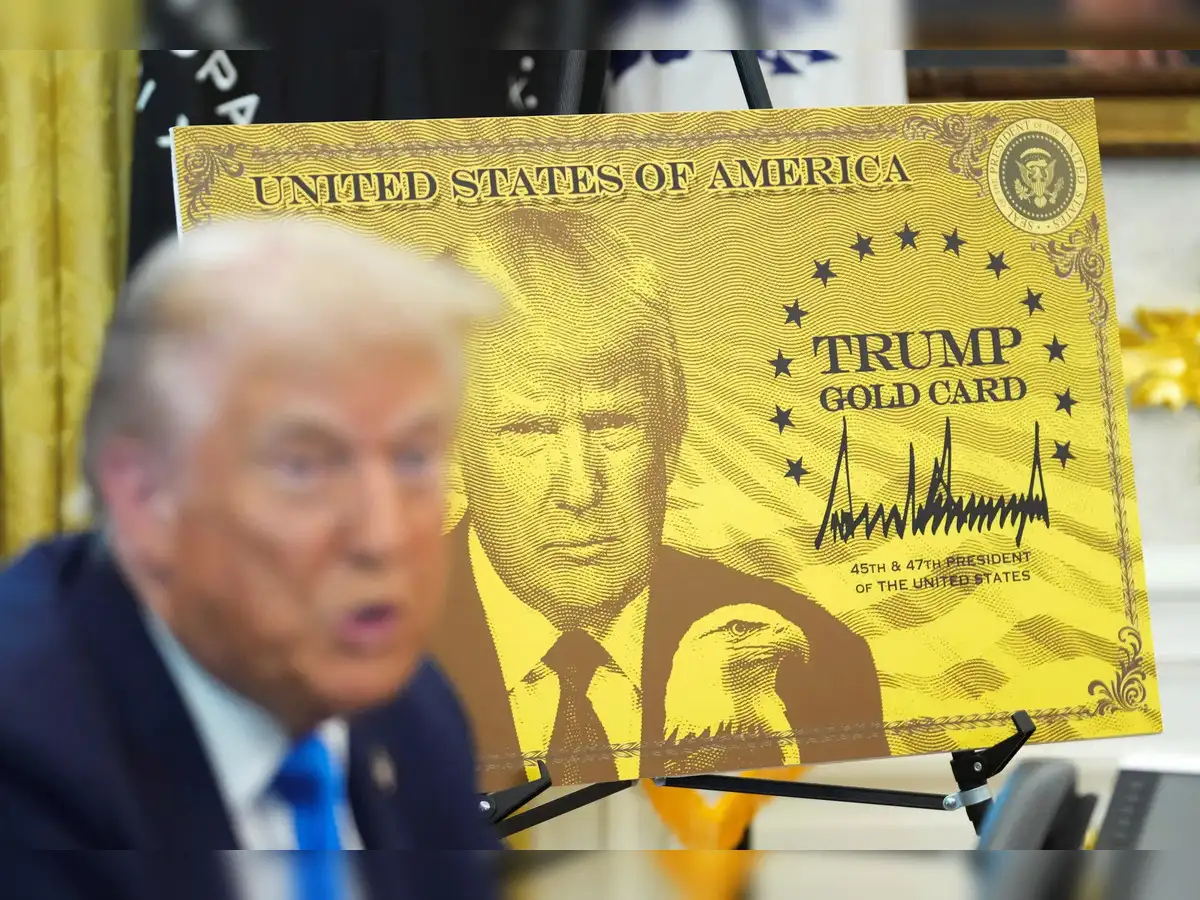



OPEC+’s 411,000 bpd production hike crashed Brent crude to $60.23, impacting India, the third-largest oil importer. Lower prices save $1.5 billion per $1 drop, but Gulf partners’ revenue losses threaten Indian remittances and projects. India must diversify energy, expand reserves, and strengthen diplomacy to navigate global oil market turmoil.

Copyright infringement not intended
Picture Courtesy: THE HINDU
The global oil market is undergoing turmoil, driven by strategic moves from the Organization of the Petroleum Exporting Countries and its allies (OPEC+), led by Saudi Arabia.
Recently, OPEC+ announced a decision to increase oil production by 411,000 barrels per day (bpd) starting in June 2025. The decision resulted in Brent crude prices crashing to a four-year low of $60.23 per barrel, though they later stabilized at around $65 due to a temporary U.S.-China trade deal and stalled U.S.-Iran nuclear talks.
Weak Global Demand => The International Energy Agency (IEA) predicts global oil demand growth will slow to just 0.73% in 2025, reaching 104 million bpd, due to a slow global economy.
Oversupply from Non-OPEC+ Producers => Countries like the United States, Brazil, and Guyana are increasing oil production.
Geopolitical Shifts => U.S. sanctions on Russia, Iran, and Venezuela limit their crude exports, but potential sanction relief could flood the market further.
Trade Tensions =>Trump’s tariff war, including 60% tariffs on Chinese goods, threatens global trade, with the World Trade Organization predicting a 0.2% decline in world trade in 2025. This weakens oil demand, especially in Asia, where China’s oil demand growth is projected at just 0.1-0.15 million bpd per 1% GDP growth.
India, the world’s third-largest crude oil importer, spent $137 billion on crude in 2024-25, with demand growing by 3.2%—nearly four times the global average. OPEC projects India’s oil demand to rise by 3.39% in 2025 to 5.74 million bpd, driven by economic growth, infrastructure projects, and transport fuel needs.
Russia supplies 36% of India’s crude imports, which is followed by Iraq (17%) and Saudi Arabia (11%). The ongoing oil price war has both positive and negative impacts for India.
Positive Impacts
Lower Import Costs => A $1 decline in oil prices saves India around $1.5 billion annually. With Brent crude at $60-65 per barrel, India benefits from reduced import bills, which will ease pressure on its trade deficit and inflation.
Consumer Benefits => Cheaper oil translates to lower fuel prices, boosting consumer spending and supporting economic growth.
Negative Impacts
Economic Strain on Gulf Partners => Gulf countries like Saudi Arabia, the UAE, and Qatar, major economic partners, face revenue losses due to low oil prices. This could lead to payment delays or cancellations for Indian companies involved in Gulf infrastructure projects.
Decline in Tax Revenue: Lower oil and gas prices reduce India’s pro-rata tax revenues from fuel sales,;
Diversify Energy Sources => Accelerate investments in renewable energy, such as solar, wind, and hydrogen, to reduce dependence on imported oil. India’s shale oil and gas reserves, estimated to meet a quarter-century of needs, should be explored responsibly.
Build Strategic Reserves => Expand strategic petroleum reserves to buffer against supply shocks and price volatility.
Strengthen Diplomacy => Deepen ties with diverse energy suppliers, including Russia, Iraq, and non-OPEC+ producers like Brazil, to secure stable supplies.
Boost Economic Resilience => Implement fiscal and monetary stimulus to offset the impact of global trade tensions, as OPEC suggests, to sustain India’s economic growth.
Support Expatriates => Provide retraining and job opportunities for returning migrants to mitigate the impact of reduced remittances.
Must Read Articles:
India's Crude Oil Imports Shifted
Source:
|
PRACTICE QUESTION Q. How does India’s dependence on fossil fuels pose a challenge to its climate commitments under the Paris Agreement? 150 words |




© 2026 iasgyan. All right reserved